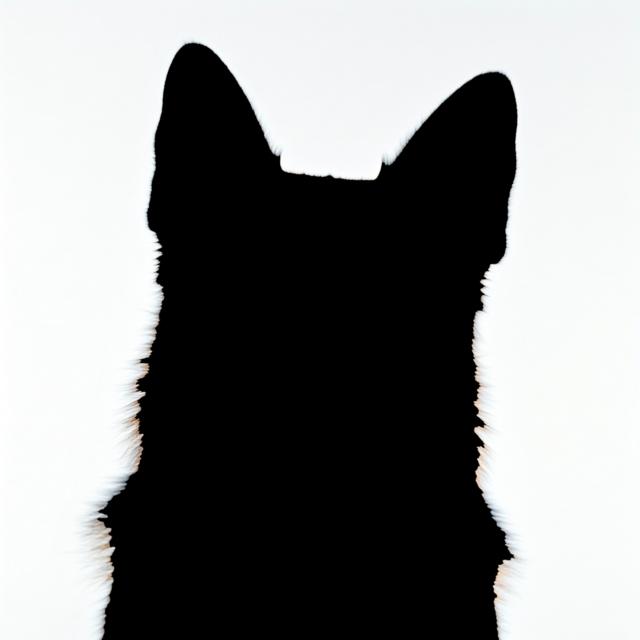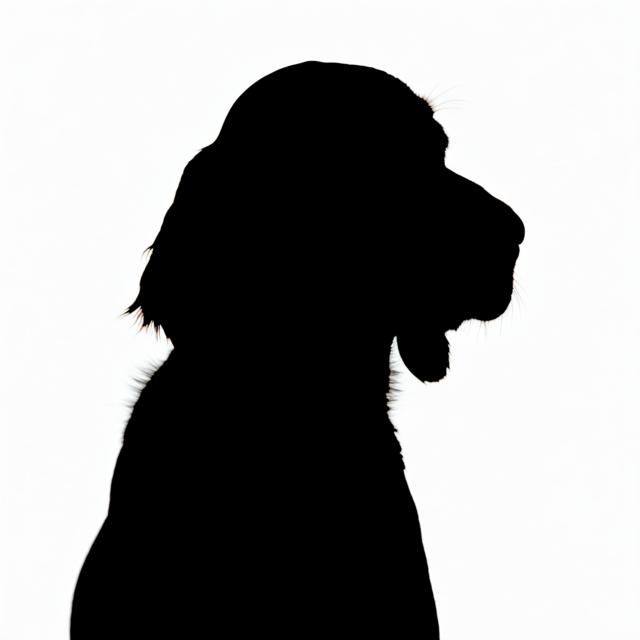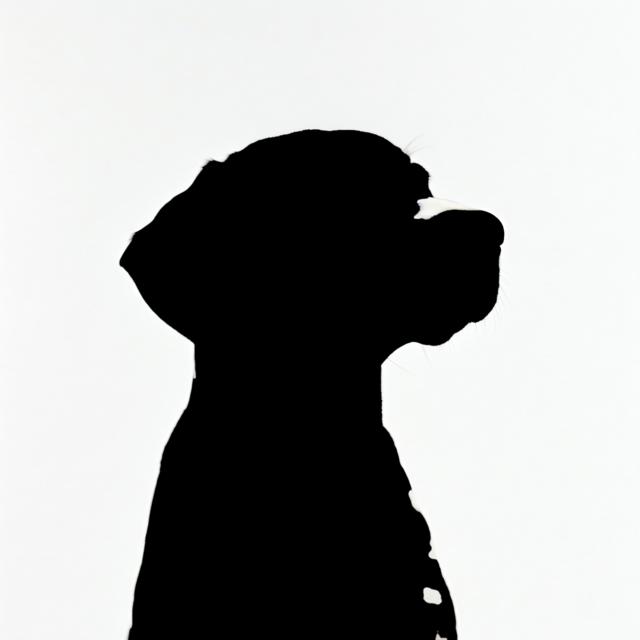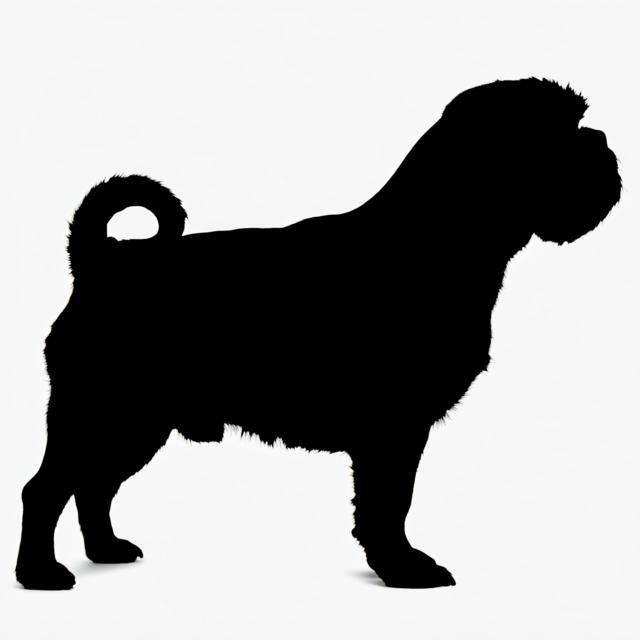Hamiltonstövare
Hamilton Hound
 akc
akc ankc
ankc fci
fci nzkc
nzkc rkc
rkc ukc
ukc



Summary
- The Hamiltonstövare is a Swedish scent hound known for its tricolor coat, friendly temperament, and high energy levels, requiring significant daily exercise. Bred for hunting hare and fox, they are loyal companions but require consistent training due to their independent nature.
Origin and Purpose
- Developed in Sweden in the 19th century by Count Adolf Hamilton, primarily for hunting hare and fox.
Appearance
Dimensions
| Gender | Height | Weight |
|---|---|---|
| Female | 19.5-22.5 inches (49-57 cm) | 44-53 pounds (20-24 kg) |
| Male | 20.5-23.5 inches (53-60 cm) | 51-60 pounds (23-27 kg) |
Coat
| Attribute | Notes |
|---|---|
| Color |
|
| Type |
|
| Length |
|
Care
| Attribute | Notes |
|---|---|
| Shedding |
|
| Grooming |
|
| Drooling |
|
Body
| Attribute | Notes |
|---|---|
| Head |
|
| Skull |
|
| Ears |
|
| Eyes |
|
| Nose |
|
| Muzzle |
|
| Teeth |
|
| Neck |
|
| Forequarters |
|
| Fore Legs |
|
| Hindquarters |
|
| Hind Legs |
|
| Feet |
|
| Tail |
|
| Gait |
|
Temperament
- Friendly, calm, and even-tempered, but can be lively outdoors. Not naturally aggressive.
Social
| Attribute | Notes |
|---|---|
| Affectionate with Family |
|
| Good with Children |
|
| Good with Dogs |
|
| Good with Cats |
|
| Openness to Strangers |
|
| Playfulness Level |
|
| Protective Nature |
|
| Adaptability Level |
|
Working Roles
- Scent Hound
- Hunting Dog
Exercise Needs
- High; requires daily vigorous exercise
Health
- Generally healthy breed but may be prone to hip and elbow dysplasia, and bloat.
Additional Notes
- Requires consistent training due to independent nature. Can be prone to excessive barking if not properly stimulated.